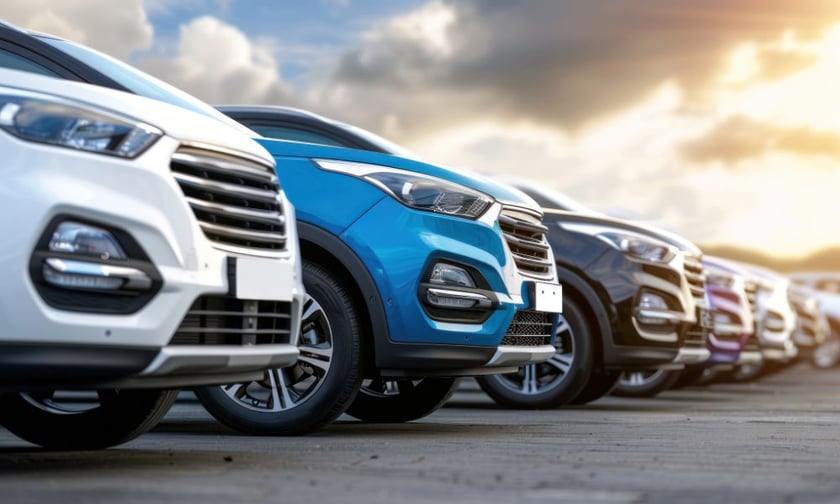

The private passenger auto insurance segment demonstrated notable improvement in its net underwriting results for 2023, following a year of historically poor performance in 2022.
According to an analysis by AM Best, targeted underwriting measures and rate increases have helped insurers combat inflationary pressures, supply chain disruptions, and elevated repair costs driven by advanced vehicle technology. However, the segment continues to face headwinds, including regulatory scrutiny and rising claims costs.
In 2023, the segment’s aggregate net loss and loss adjustment expense (LAE) ratio fell by nearly five points, aided by higher written and earned premiums. Auto physical damage results showed marked improvement, with the direct loss ratio dropping from 79.1 in 2023 to 63.2 in the first half of 2024.
Liability results also improved, with the direct loss ratio incurred falling from 75.6 to 71.1 over the same period. Despite these gains, insurers have faced challenges addressing rate adequacy, particularly in jurisdictions where regulatory approvals are slow.
AM Best recently upgraded its market segment outlook for the US personal auto insurance industry from Negative to Stable. The revision was driven by improved rate adequacy, a more supportive regulatory environment, and rising investment yields as insurers reinvest in higher-yielding bonds. AM Best also noted that the industry’s use of technology in claims, underwriting, and distribution is bolstering operational efficiency.
Improved direct loss ratios among the top 20 personal auto insurers, who collectively account for more than 85% of direct personal auto premium, have further supported the outlook change. The segment has benefited from double-digit growth in written and earned premiums, outpacing increases in net incurred losses and LAE.
Despite broader economic inflation subsiding to 2.4% in October 2024, claims inflation continues to exceed core inflation. AM Best highlighted that rising jury awards, including "nuclear verdicts" exceeding $10 million, are adding pressure to claims costs.
Insurers have also faced challenges from distracted driving, riskier post-pandemic driving habits, and increased miles traveled as workers return to offices.
Efforts to address these issues include implementing safe driving programs and leveraging technology to enhance underwriting and claims handling. While auto physical damage still posted a net operating loss in 2023, auto liability was profitable.
Combined ratios for both lines exceeded 100, reflecting underwriting losses, but the overall personal auto line achieved a net profit of $2.9 billion in 2023, a recovery from the $21 billion net operating loss reported in 2022.
The private passenger auto insurance market remains concentrated, with the top four insurers – State Farm, Progressive, Berkshire Hathaway’s GEICO, and Allstate – accounting for 56% of market share by direct premiums written (DPW).
In 2023, 17 of the top 20 insurers grew premiums, with 12 reporting double-digit growth. The increase in premiums reflects the industry’s focus on improving rate adequacy and offsetting rising claims costs.
During the first half of 2024, all top 20 insurers reported lower direct incurred loss ratios compared to the same period in 2023, and 17 saw higher DPW. AM Best expects continued improvements in net combined ratios for 2024 as insurers build on these positive trends.
The average cost per private passenger auto claim rose by 11% in 2023, reaching nearly $12,000, following a 12.6% increase in 2022. Defense and cost containment expenses increased by 20.7%, while adjusting and other expenses rose by 22.7%.
Rising costs highlight the importance of achieving rate adequacy and leveraging technology for pricing and claims handling.
AM Best noted that carriers with advanced pricing sophistication and technology adoption are likely to maintain a competitive advantage in addressing these challenges. Insurers lagging in these areas may struggle to navigate the inflationary environment and improve financial results.
Looking ahead, AM Best expects personal auto insurers to continue pursuing pricing momentum, operational efficiency, and advanced claims management practices to sustain profitability and weather ongoing market pressures.
What are your thoughts on this story? Please feel free to share your comments below.
